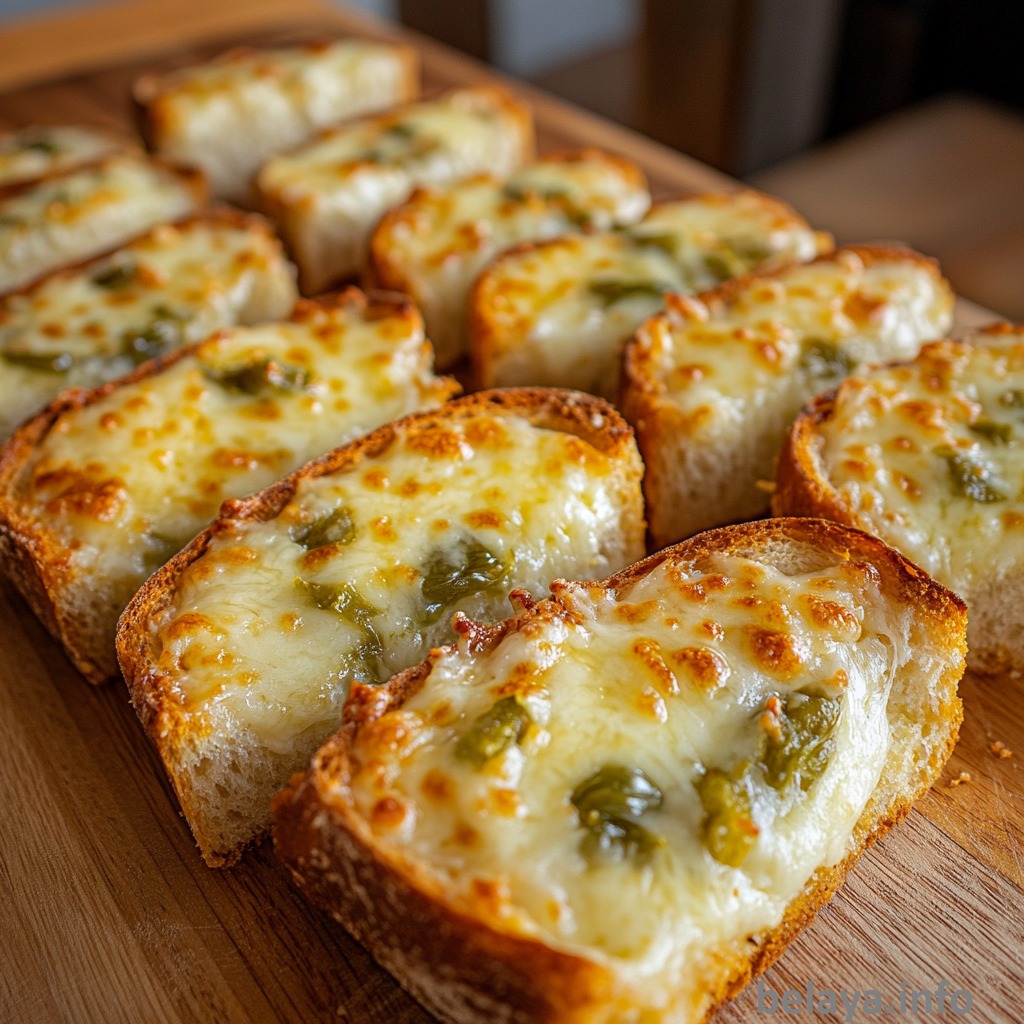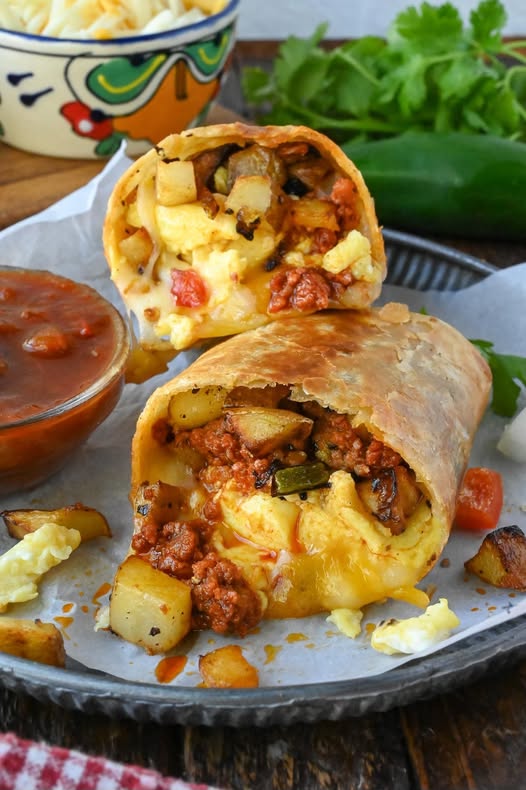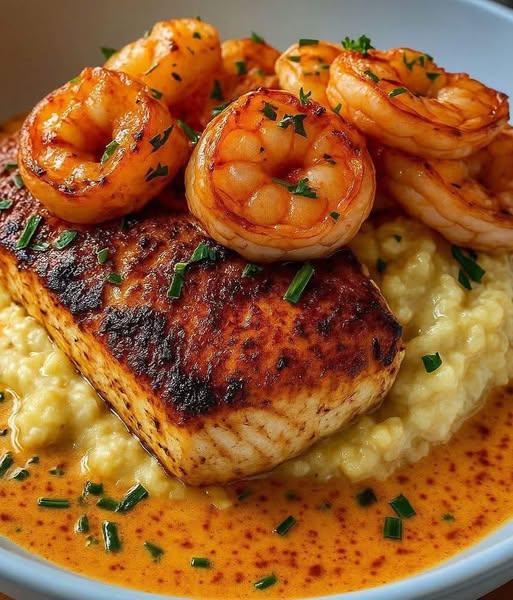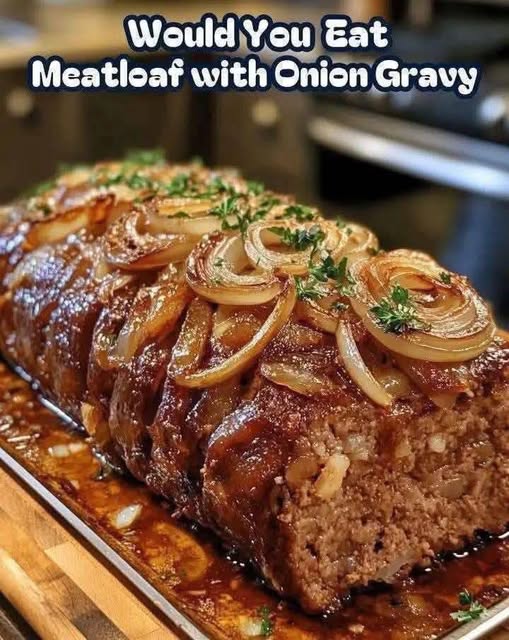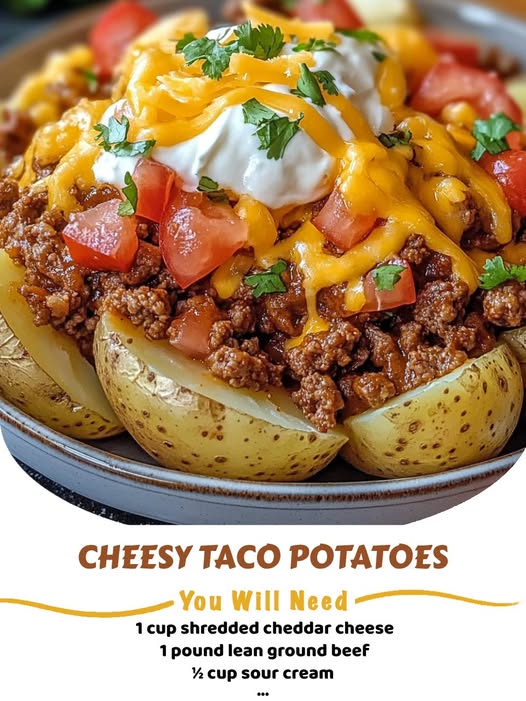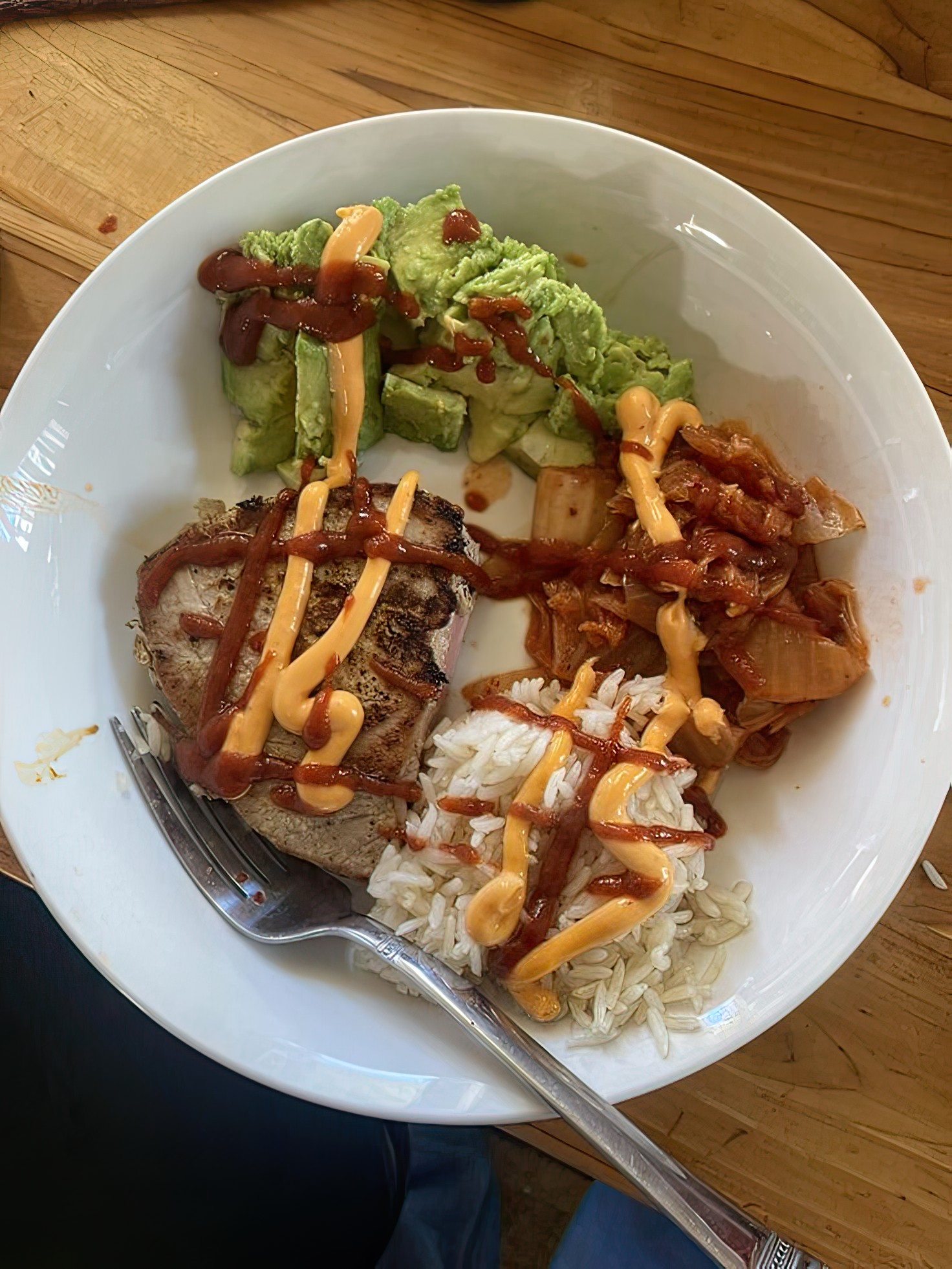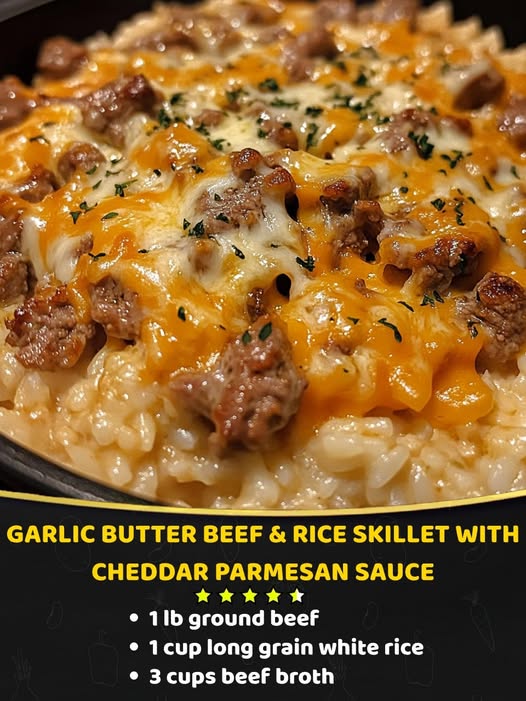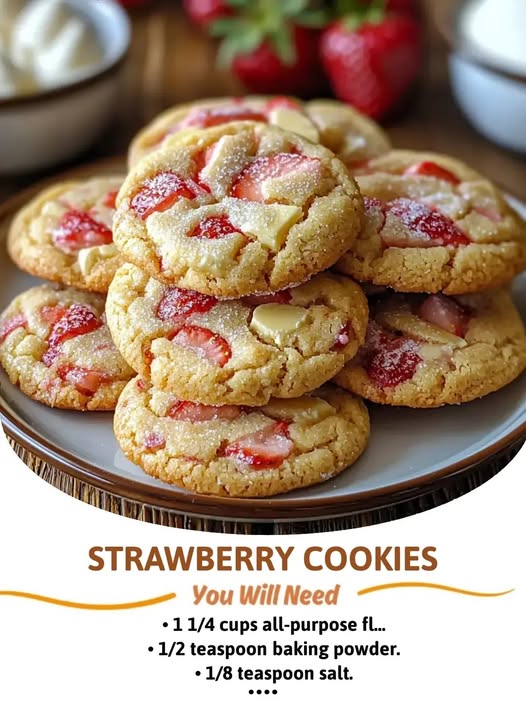Imagine biting into a crispy, golden chimichanga, its crackling exterior giving way to a warm, savory filling of seasoned beef and molten cheese. This dish is a symphony of textures and flavors that delight the senses, a comforting classic with roots deeply embedded in Mexican-American cuisine. While often mistaken for a mere burrito, the chimichanga stands apart with its unique preparation method, one that transforms the humble tortilla into a vessel of culinary magic.
The Origin Story: A Happy Accident
The origins of the chimichanga are as intriguing as the dish itself. Legend has it that this delectable creation was born out of serendipity in the vibrant kitchens of the American Southwest. One prevailing tale credits Monica Flin, the founder of the El Charro Café in Tucson, Arizona, with its invention in the 1920s. As the story goes, Flin accidentally dropped a burrito into a deep fryer, and in her surprise, uttered a Spanish curse that she quickly transformed into the more family-friendly “chimichanga.” Little did she know that this accidental slip would lead to the creation of a beloved culinary staple.
Chimichangas have since become a staple of Tex-Mex cuisine, celebrated for their crispy exterior and rich, flavorful fillings. They embody the spirit of fusion cooking, where traditional Mexican ingredients and techniques blend seamlessly with American influences to create something wholly unique. Whether enjoyed as a hearty lunch or a satisfying dinner, chimichangas offer a taste of history and innovation wrapped in a warm, crispy shell.
Breaking Down the Flavors
At the heart of every great chimichanga is a filling that’s as complex as it is comforting. The star here is seasoned beef, often combined with a medley of spices that pay homage to both Mexican and American flavor profiles. Cumin, chili powder, and garlic are the usual suspects, creating a robust, aromatic base that complements the richness of the beef. Some recipes add a hint of oregano or a dash of cayenne for an extra kick, while others might incorporate a splash of lime juice for a subtle tang.
The cheese, meanwhile, is the creamy counterpart that ties everything together. A good chimichanga demands a cheese that melts beautifully, enveloping the beef in a luscious embrace. Cheddar and Monterey Jack are popular choices, each bringing its own distinct character to the dish. The cheese not only adds flavor but also serves as a binder, ensuring that every bite is a perfect blend of meat and dairy goodness.
The Art of Frying
What truly sets chimichangas apart is their method of preparation. Unlike burritos, which are typically served soft, chimichangas are fried to achieve that signature crispiness. This is where technique becomes crucial. The tortilla must be carefully rolled and secured to prevent the filling from escaping during frying. Some chefs use toothpicks, while others rely on a deft hand and practice to achieve the perfect seal.
The frying process itself is a dance of temperature and timing. The oil must be hot enough to crisp the tortilla quickly, yet not so hot that it burns or becomes greasy. A perfectly fried chimichanga emerges from the oil golden brown and deliciously crunchy, its interior steamy and flavorful. It’s an alchemical transformation that elevates simple ingredients into something extraordinary.
Crafting Your Own Masterpiece
Perhaps the most exciting aspect of chimichangas is their versatility. While beef and cheese are classic, the options for filling are limited only by your imagination. Shredded chicken, pork, or even vegetarian options like beans and roasted vegetables can find a home in this crispy shell. The key is to balance flavors and textures, ensuring that each component complements and enhances the others.
Once you’ve mastered the basics, there’s room for creativity. Consider experimenting with different cheeses or adding a layer of refried beans for extra creaminess. A dollop of guacamole or a drizzle of sour cream can add a refreshing contrast to the richness of the filling, while a sprinkle of fresh cilantro or a squeeze of lime can brighten the whole dish, bringing it into harmonious balance.
In the end, making chimichangas is about more than just following a recipe—it’s about embracing the joy of cooking and the adventure of creating something that brings people together. Whether you’re a seasoned chef or a kitchen novice, the journey to crafting the perfect chimichanga is one filled with discovery, delight, and, most importantly, deliciousness.
Beef and Cheese Chimichangas
Description
Golden-fried tortillas filled with seasoned beef and melty cheese, offering a satisfying crunch with every bite. A delightful fusion of flavor and texture.
Ingredients
Main Ingredients
For Frying
Optional Garnishes
Instructions
Prepare the Beef Filling
-
Sauté the Onions and Garlic
Heat a tablespoon of oil in a large skillet over medium heat. Add chopped onions and minced garlic, sautéing until the onions are translucent and the kitchen is filled with an irresistible aroma.Stir frequently to prevent the garlic from burning. This step adds a foundational flavor to the beef. -
Brown the Ground Beef
Add the ground beef to the skillet, breaking it apart with a spatula. Cook until the beef is browned and no longer pink.Drain any excess fat to keep the filling from becoming too greasy. -
Season the Beef
Stir in chili powder, cumin, and a pinch of salt and pepper. Cook for an additional 2 minutes to let the spices bloom.Toasting the spices in the beef fat intensifies their flavor, elevating the whole dish.
Assemble the Chimichangas
-
Prepare the Tortillas
Warm flour tortillas in the microwave for about 15 seconds to make them pliable and easier to fold.Warming prevents the tortillas from cracking when you wrap them. -
Add the Filling
Spoon a generous amount of beef mixture onto the center of each tortilla. Sprinkle a handful of shredded cheese over the top.Be careful not to overfill, or the chimichangas will be difficult to roll. -
Fold the Chimichangas
Fold in the sides of the tortilla, then roll it up tightly from the bottom, like you're tucking a burrito into bed.Secure the seam side with toothpicks if needed to prevent unrolling during frying.
Cook the Chimichangas
-
Fry Until Golden
Heat about an inch of oil in a deep skillet over medium-high heat. Fry the chimichangas seam-side down first, until golden brown, then flip and repeat.Don't overcrowd the pan; work in batches if necessary to maintain the oil temperature. -
Drain the Chimichangas
Remove the chimichangas from the oil and place them on a plate lined with paper towels to drain excess oil.This step ensures a crispy finish without being too oily.
Note
To enhance the chimichangas' flavor, consider toasting the tortillas lightly before filling them. This adds a subtle smoky note and prevents sogginess. If you prefer a spicier touch, incorporate diced jalapeños into the beef mixture or use a spicy cheese blend. For a healthier twist, try baking the chimichangas in the oven at 400°F until golden brown, about 20-25 minutes, instead of frying them. Storage tip: Store any leftover chimichangas in an airtight container in the refrigerator for up to 3 days. Reheat them in the oven to maintain their crispy texture. To make the dish vegetarian, substitute the beef with sautéed mushrooms or a hearty bean mixture. For an extra indulgent version, drizzle queso sauce over the chimichangas before serving.
